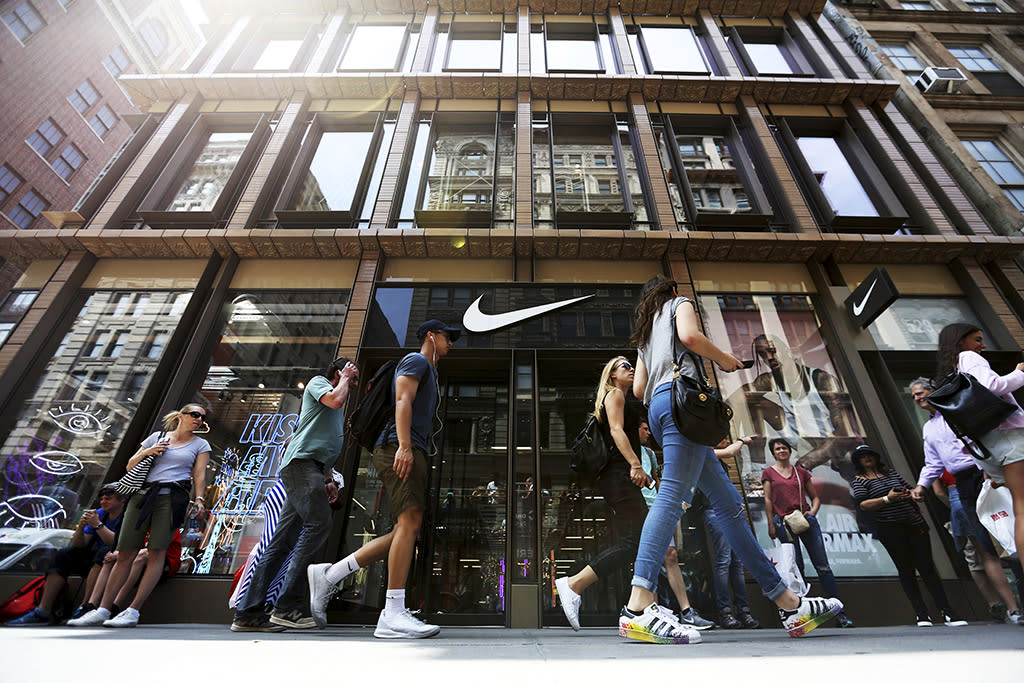How Nike Is Helping the Fashion Industry Become More Sustainable

- Oops!Something went wrong.Please try again later.
Nike has created an open-source design guide to help businesses reach their sustainability goals. The guide maps out the 10 principles of circular design to help the industry codify and standardize sustainability in the supply chain.
“It’s an invitation for a dialogue with the creative groups around the world. We are endeavoring to create a common language between everyone to communicate effectively,” said John Hoke, chief design officer.
More from Footwear News
Students from Central Saint Martins in London and founder of A-Cold-Wall Samuel Ross have tried out this guidebook. “It’s speaking to this idea of collaboration and cross-pollination between facilities, suppliers and ethical ways of production,” Ross said.
The circular-design guide includes case studies from Nike as well as other brands such as Levi’s and Fjallraven, that have achieved or brought to scale one of the 10 core principles of sustainability, including materials, “cyclability,” waste avoidance and green chemistry.
“So there are some case studies that say ‘Here’s an example of this particular principle,’ but from a collaboration point of view, this is meant to be an engagement, so the idea of the guide is to open-source it but also continually engage with the people who have provided feedback,” said Noel Kinder, chief sustainability officer at Nike.
The guide, which is available to download online, also includes videos of Nike’s employees speaking about the 10 principles and includes a list of questions meant to prompt critical thinking, such as, ‘How can your material choices be adjusted to make recycling easier?’ or, ‘How can you think about deconstructing a particular garment or a piece of footwear post-consumer?’”
“This is so that the design community can be more deliberate about their choices, because historically, designers design for consumer desire, and while this is part of our ethos, it’s institutionalizing it in a way where brands will have to go through some steps to evaluate things more deliberately,” said Kinder.
For Nike, design is a big contributor to the sustainability equation. “I think if you pair it with innovation, it’s part of the problem set. We’re trying to solve for performance and sustainability at the same time,” Kinder added, citing Flyknit as an example on how the brand is working to improve the material palette.
“Flyknit is a $2 billion product across eight categories and 38 styles; it’s a massive platform for a shoe that is entirely recycled polyester knit. We’re starting to introduce it into the skate line, as well,” Kinder said.
Nike also works outside the fashion industry to give materials a second life. Coming up on the 25th anniversary of Nike Grind, which is a material made from waste, the shoe company is branching out and partnering with an auto manufacturer to provide Nike Grind material for their seat cushioning.
This story was reported by WWD and originally appeared on WWD.com.
Watch FN’s interview with Nike trainer Joe Holder.
Best of Footwear News
Sign up for FN's Newsletter. For the latest news, follow us on Facebook, Twitter, and Instagram.

